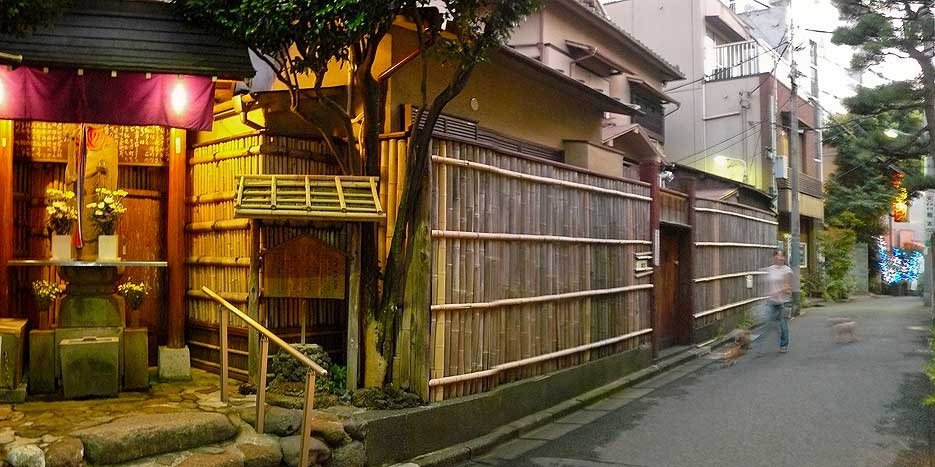|
Association Of Shinto Shrines
The is a religious administrative organisation that oversees about 80,000 Shinto shrines in Japan. These shrines take the Ise Grand Shrine as the foundation of their belief. It is the largest Shrine Shinto organization in existence. Description The association has five major activities, in addition to numerous others: *Publication and dissemination of information on Shrine Shinto *The performance of rituals; *Education of adherents to Shinto; *Reverence of Ise Grand Shrine and the distribution of its Ofuda, amulets called ''Jingū Taima'' (:ja:神宮大麻, 神宮大麻); and *Preparation and training of individuals for the kannushi, Shinto priesthood. It currently has an administrative structure including a main office and branches. Its headquarters in Yoyogi, Shibuya, Tokyo, adjacent to Meiji Shrine. Its leadership includes the , the head priestess of the Ise Shrine, presently Sayako Kuroda. The is , and the post of or Secretary-General is currently held by Masami Yatabe, t ... [...More Info...] [...Related Items...] OR: [Wikipedia] [Google] [Baidu] |
Shibuya
is a Special wards of Tokyo, special ward in Tokyo, Japan. A major commercial center, Shibuya houses one of the busiest railway stations in the world, Shibuya Station. As of January 1, 2024, Shibuya Ward has an estimated population of 230,609 in 142,443 households and a population density of . The total area is . Notable neighborhoods and districts of Shibuya include Harajuku, Ebisu, Shibuya, Ebisu, Omotesandō, Yoyogi and Sendagaya. Shibuya came into the possession of the Shibuya clan in the early 1160s, after which the area was named. The branch of the clan that ruled this area was defeated by the Later Hōjō clan on January 13, 1524, during the Sengoku period, and the area then came under their control. During the Edo period, Shibuya, particularly Maruyamachō, Shibuya, Maruyamachō on Dōgenzaka, prospered as a town on Oyama Road (present-day Japan National Route 246, Route 246), and in the Meiji era, as a Hanamachi. Shibuya emerged as a railway terminus during the expan ... [...More Info...] [...Related Items...] OR: [Wikipedia] [Google] [Baidu] |
